Posted by Cricket
Date: 28 September 2010
Temperature: -28C
Wind Speed: 10 knots
Temp with wind chill: -36C
Sunrise: 6:47am
Sunset: 8:45pm
Last Saturday, we celebrated the end of the winter season at New Zealand's Scott Base, Antarctica, with a special dinner prepared by Bobbi, our chef. The evening was the last time all 14 of us could unwind and be together before the 36 new summer and winter-over crews arrive this week.
The dinner table © Antarctica NZ/Alfred
After an afternoon of base tasks (Diana and I worked up good appetites while helping clear snow from around all the entrances), we gathered around a table full of appetizers of herb chicken balls, spicy shrimp , pesto bruschetta and smoked salmon, and watched the beginning of the Grand Final Australian Rules Football game between St. Kilda and Collingwood.
Dinner and dessert © Antarctica NZ/Alfred
We then all moved into the dining room and sat down to a cleverly plated meal of jam-crusted rack of lamb served with polenta, steamed green beans and honey roasted yams. The lamb was an unusual treat since meat bones are an expensive waste on this continent where all rubbish has to be shipped out. For dessert, we had panna cotta drizzled with blueberry sauce and topped with hardened twists of caramelized sugar. It was a great evening. The opportunity to relax, hear stories from the winter and laugh was the best treat, especially in light of these last couple weeks when everyone around the base seems cocooned away, spending long days in their work areas getting ready for the handover period.








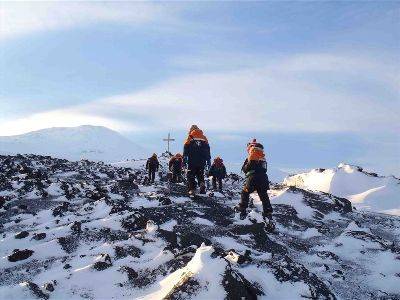
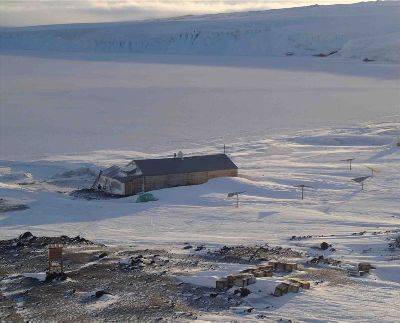
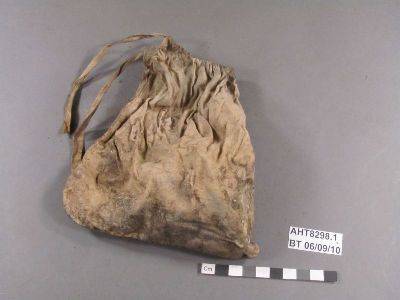

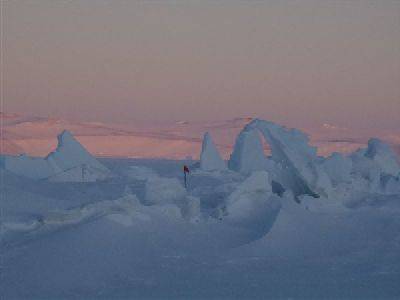

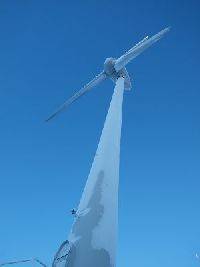
.jpg)


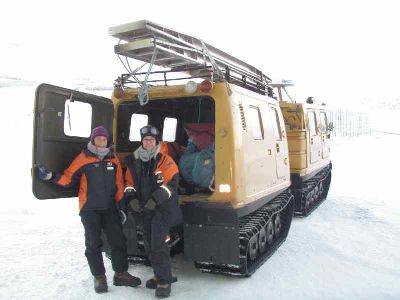
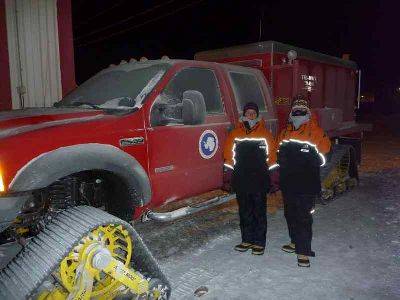
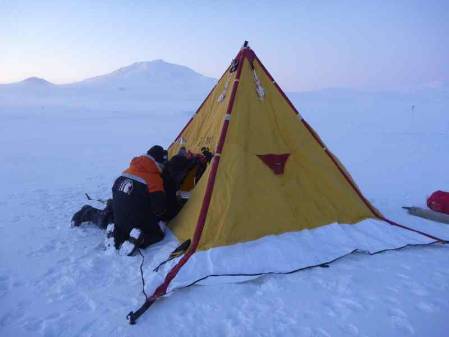
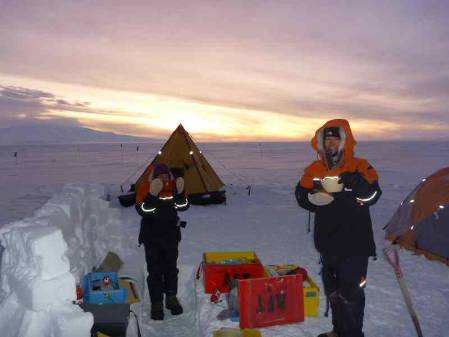
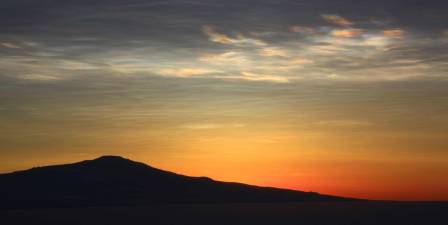
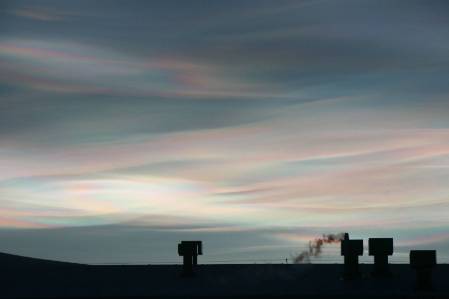

.jpg)